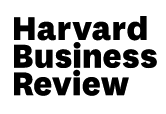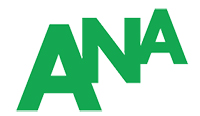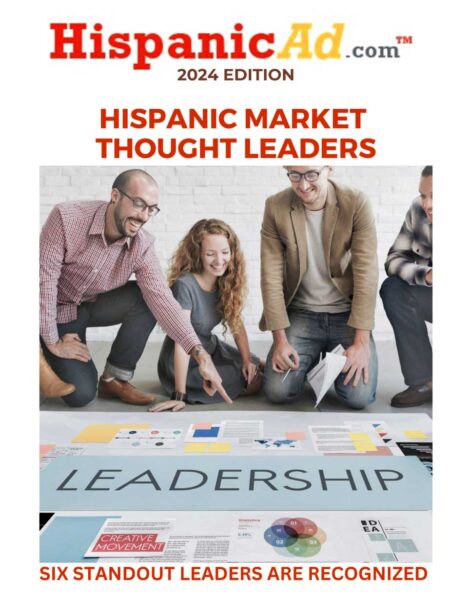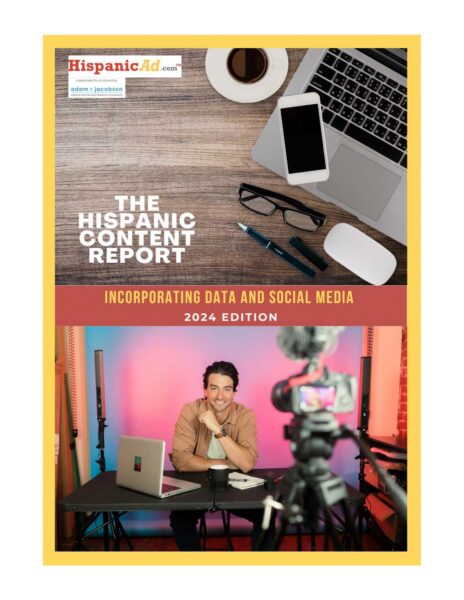Drive-In at The Fair partners with Talento Unlimited
 Launching on August 14th the outdoor movie experience is produced by Coral Gables-based firm 3FEO Entertainment and is located on the grounds of the annual Miami-Dade County Youth Fair. The Fair’s latest attraction follows a national trend that has seen drive-in theaters making a comeback amid concerns over the coronavirus.
Launching on August 14th the outdoor movie experience is produced by Coral Gables-based firm 3FEO Entertainment and is located on the grounds of the annual Miami-Dade County Youth Fair. The Fair’s latest attraction follows a national trend that has seen drive-in theaters making a comeback amid concerns over the coronavirus.


 As 2020 census workers begin knocking on the doors of millions of U.S. households that have not returned their census questionnaires, four-in-ten U.S. adults who have not yet responded say they would not be willing to answer their door, according to a new Pew Research Center survey.
As 2020 census workers begin knocking on the doors of millions of U.S. households that have not returned their census questionnaires, four-in-ten U.S. adults who have not yet responded say they would not be willing to answer their door, according to a new Pew Research Center survey. In today’s digital age, heading to an automotive dealership in person is far from the only way Americans shop for a new vehicle. Devices and technology have introduced a wealth of convenience and choice along consumers’ auto purchase journey. And online offerings have proved essential for the automotive industry, like many others, during the novel coronavirus (COVID-19) pandemic. With a rising number of cases in states across the country, many consumers remain cautious. Digital will become more important than ever before, and multicultural consumers—who are younger and more digitally connected than the general population today—will become important leaders in this more digital future.
In today’s digital age, heading to an automotive dealership in person is far from the only way Americans shop for a new vehicle. Devices and technology have introduced a wealth of convenience and choice along consumers’ auto purchase journey. And online offerings have proved essential for the automotive industry, like many others, during the novel coronavirus (COVID-19) pandemic. With a rising number of cases in states across the country, many consumers remain cautious. Digital will become more important than ever before, and multicultural consumers—who are younger and more digitally connected than the general population today—will become important leaders in this more digital future. s members of Generation Z (born 1996 to 2012) grow up and start to spend, consumer-packaged-goods (CPG) companies and retailers need to recognize that they are more than just a younger version of millennials (born 1980 to 1995). They are coming into adulthood with a distinct sensibility. That is one of the conclusions in our latest research report, The new age of the consumer.
s members of Generation Z (born 1996 to 2012) grow up and start to spend, consumer-packaged-goods (CPG) companies and retailers need to recognize that they are more than just a younger version of millennials (born 1980 to 1995). They are coming into adulthood with a distinct sensibility. That is one of the conclusions in our latest research report, The new age of the consumer. The coronavirus outbreak has significantly harmed the finances of U.S. Hispanics. As the nation’s economy contracted at a record rate in recent months, the group’s unemployment rate rose sharply, particularly among Hispanic women, and remains higher among Hispanic workers than U.S. workers overall.
The coronavirus outbreak has significantly harmed the finances of U.S. Hispanics. As the nation’s economy contracted at a record rate in recent months, the group’s unemployment rate rose sharply, particularly among Hispanic women, and remains higher among Hispanic workers than U.S. workers overall. Why connecting data is the key to building exceptional and engaging moments
Why connecting data is the key to building exceptional and engaging moments Programmatic advertising has become a key element in most digital ad budgets for its scale and efficiency in targeting and placing digital advertising. As a result, more brands are bringing the management of programmatic in-house. This shift is changing the role that brands and agencies play in this arena and the structure of how they are managed.
Programmatic advertising has become a key element in most digital ad budgets for its scale and efficiency in targeting and placing digital advertising. As a result, more brands are bringing the management of programmatic in-house. This shift is changing the role that brands and agencies play in this arena and the structure of how they are managed. US states are pulling various levers to address rising drug prices. An analysis of public databases and interviews with experts show us the areas under focus, the stakeholders that could be affected, and what strategies they should consider.
US states are pulling various levers to address rising drug prices. An analysis of public databases and interviews with experts show us the areas under focus, the stakeholders that could be affected, and what strategies they should consider. Almost every leader wants to make more time for strategic thinking. In one survey of 10,000 senior leaders, 97% of them said that being strategic was the leadership behavior most important to their organization’s success.
Almost every leader wants to make more time for strategic thinking. In one survey of 10,000 senior leaders, 97% of them said that being strategic was the leadership behavior most important to their organization’s success. New analysis from Kantar reveals that the road to brand growth is nuanced, and brands should do more than just focusing on salience. by Nigel Hollis
New analysis from Kantar reveals that the road to brand growth is nuanced, and brands should do more than just focusing on salience. by Nigel Hollis The issue has bubbled up recently in both, Hispanic Agencies and clients and HispanicAd is only too happy to address it. The term “LatinX” is used as a self-identifier by only around 2% of the total U.S. Hispanic population. So, 98% of the Hispanic population self-identifies as Latino, Latina and/or Hispanic. So why is the term being used in advertising and marketing conversations as a term to categorize or represent all US Hispanics instead of “Hispanic” or “Latino”? By Marcelo Salup – Principal at CEO Analytics, LLC – Increasing customer retention & revenues through advanced statistics & algorithms
The issue has bubbled up recently in both, Hispanic Agencies and clients and HispanicAd is only too happy to address it. The term “LatinX” is used as a self-identifier by only around 2% of the total U.S. Hispanic population. So, 98% of the Hispanic population self-identifies as Latino, Latina and/or Hispanic. So why is the term being used in advertising and marketing conversations as a term to categorize or represent all US Hispanics instead of “Hispanic” or “Latino”? By Marcelo Salup – Principal at CEO Analytics, LLC – Increasing customer retention & revenues through advanced statistics & algorithms
 Many student groups are changing their names to use “Latinx” instead of “Latino” and “Latina.”
Many student groups are changing their names to use “Latinx” instead of “Latino” and “Latina.” Hispanic Americans face plenty of challenges as it is. The last thing we need are English-speaking progressives ‘wokesplaining’ how to speak Spanish.
Hispanic Americans face plenty of challenges as it is. The last thing we need are English-speaking progressives ‘wokesplaining’ how to speak Spanish.


























